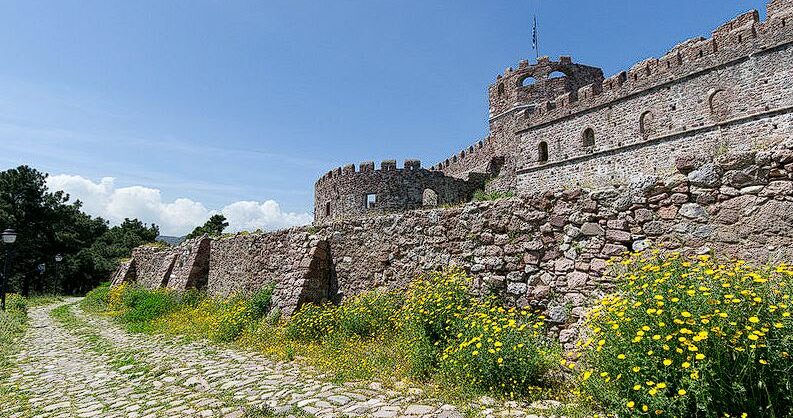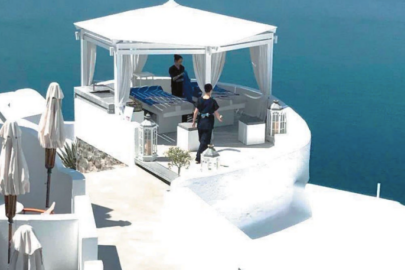Take a trip to Lesvos, a Greek island adorned with olive groves, thermal springs, and ouzo distilleries, and you can’t help but stumble upon Mytilene, its capital. Dominating the city’s skyline is an imposing fortress, the Mytilene Castle, a structure that has seen more drama than a daytime soap opera. Covering an astonishing 80,000 m2, it’s one of the largest castles in Greece and could easily be mistaken for a small hillside town if not for the cannons.
A Historical Merry-Go-Round
The castle’s fortifications first sprouted during the Byzantine years, right atop the erstwhile Acropolis. Like a picky architect, it went through three construction phases. The first was during the Byzantine period, pre-14th century, when it was essentially a large stone wall with ambitions. The second phase was courtesy of the Genoans in the 14th century, when the castle buffed up and became a major stronghold, and the third was an Ottoman makeover in the early 16th century.
During the Genoan era, the castle became a wedding gift, in the form of a fortified island, for Francisco Gatillusio in 1373, when he married the Byzantine emperor John V Palaiologos’s sister. A 1384 earthquake, evidently disapproving of the union, reduced a significant part of the castle to rubble and took out the entire royal family, save for one child, Giacomo. Rebuilding started in earnest only in the next century.
The Ottomans, never ones to miss out on a good castle, captured it after a brief yet violent siege in 1462. They added their own flourishes in the form of double curtain walls, bastions, a moat, and presumably some stylish Turkish rugs. They relinquished control in 1912 when Lesbos became part of the Greek state and presumably took their rugs with them.




































